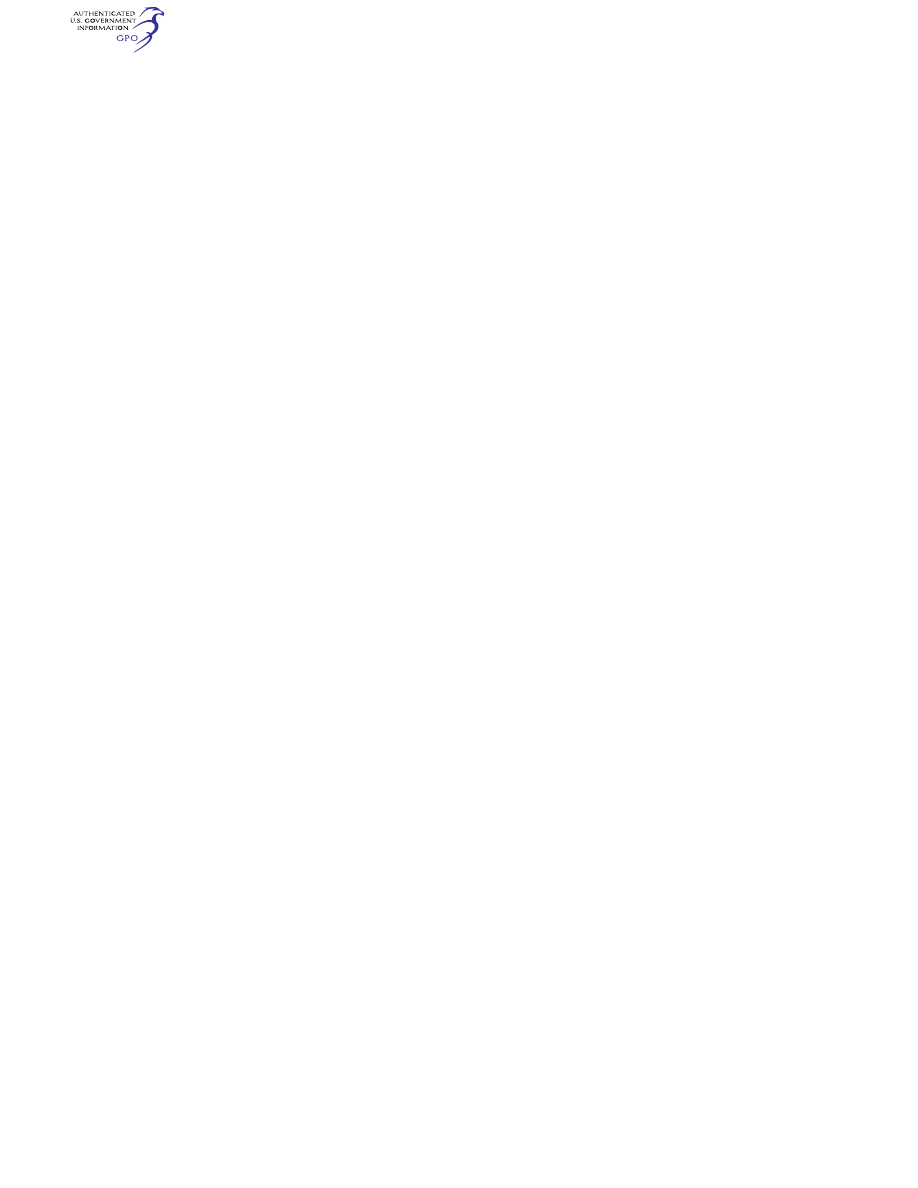
497
Federal Aviation Administration, DOT
§ 27.177
§ 27.171
Stability: general.
The rotorcraft must be able to be
flown, without undue pilot fatigue or
strain, in any normal maneuver for a
period of time as long as that expected
in normal operation. At least three
landings and takeoffs must be made
during this demonstration.
§ 27.173
Static longitudinal stability.
(a) The longitudinal control must be
designed so that a rearward movement
of the control is necessary to obtain an
airspeed less than the trim speed, and a
forward movement of the control is
necessary to obtain an airspeed more
than the trim speed.
(b) Throughout the full range of alti-
tude for which certification is re-
quested, with the throttle and collec-
tive pitch held constant during the ma-
neuvers specified in § 27.175(a) through
(d), the slope of the control position
versus airspeed curve must be positive.
However, in limited flight conditions
or modes of operation determined by
the Administrator to be acceptable, the
slope of the control position versus air-
speed curve may be neutral or negative
if the rotorcraft possesses flight char-
acteristics that allow the pilot to
maintain airspeed within
±
5 knots of
the desired trim airspeed without ex-
ceptional piloting skill or alertness.
[Amdt. 27–21, 49 FR 44433, Nov. 6, 1984, as
amended by Amdt. 27–44, 73 FR 10999, Feb. 29,
2008]
§ 27.175
Demonstration of static longi-
tudinal stability.
(a)
Climb. Static longitudinal sta-
bility must be shown in the climb con-
dition at speeds from Vy
¥
10 kt to Vy
+ 10 kt with—
(1) Critical weight;
(2) Critical center of gravity;
(3) Maximum continuous power;
(4) The landing gear retracted; and
(5) The rotorcraft trimmed at
V
Y.
(b)
Cruise. Static longitudinal sta-
bility must be shown in the cruise con-
dition at speeds from 0.8 V
NE
¥
10 kt to
0.8 V
NE
+ 10 kt or, if V
H
is less than 0.8
V
NE
, from V
H
¥
10 kt to V
H
+ 10 kt,
with—
(1) Critical weight;
(2) Critical center of gravity;
(3) Power for level flight at 0.8 V
NE
or
V
H
, whichever is less;
(4) The landing gear retracted; and
(5) The rotorcraft trimmed at 0.8 V
NE
or V
H
, whichever is less.
(c)
V
NE.
Static longitudinal stability
must be shown at speeds from V
NE
¥
20
kt to V
NE
with—
(1) Critical weight;
(2) Critical center of gravity;
(3) Power required for level flight at
V
NE
¥
10 kt or maximum continuous
power, whichever is less;
(4) The landing gear retracted; and
(5) The rotorcraft trimmed at V
NE
¥
10 kt.
(d)
Autorotation. Static longitudinal
stability must be shown in autorota-
tion at—
(1) Airspeeds from the minimum rate
of descent airspeed
¥
10 kt to the min-
imum rate of descent airspeed + 10 kt,
with—
(i) Critical weight;
(ii) Critical center of gravity;
(iii) The landing gear extended; and
(iv) The rotorcraft trimmed at the
minimum rate of descent airspeed.
(2) Airspeeds from best angle-of-glide
airspeed
¥
10 kt to the best angle-of-
glide airspeed + 10 kt, with—
(i) Critical weight;
(ii) Critical center of gravity;
(iii) The landing gear retracted; and
(iv) The rotorcraft trimmed at the
best angle-of-glide airspeed.
(Secs. 313(a), 601, 603, 604, and 605 of the Fed-
eral Aviation Act of 1958 (49 U.S.C. 1354(a),
1421, 1423, 1424, and 1425); and sec. 6(c) of the
Dept. of Transportation Act (49 U.S.C.
1655(c)))
[Doc. No. 5074, 29 FR 15695, Nov. 24, 1964, as
amended by Amdt. 27–2, 33 FR 963, Jan. 26,
1968; Amdt. 27–11, 41 FR 55468, Dec. 20, 1976;
Amdt. 27–14, 43 FR 2325, Jan. 16, 1978; Amdt.
27–21, 49 FR 44433, Nov. 6, 1984; Amdt. 27–34, 62
FR 46173, Aug. 29, 1997; Amdt. 27–44, 73 FR
10999, Feb. 29, 2008]
§ 27.177
Static directional stability.
(a) The directional controls must op-
erate in such a manner that the sense
and direction of motion of the rotor-
craft following control displacement
are in the direction of the pedal motion
with the throttle and collective con-
trols held constant at the trim condi-
tions specified in § 27.175(a), (b), and (c).
Sideslip angles must increase with
steadily increasing directional control
deflection for sideslip angles up to the
lesser of—
VerDate Sep<11>2014
09:06 Jun 28, 2024
Jkt 262046
PO 00000
Frm 00507
Fmt 8010
Sfmt 8010
Y:\SGML\262046.XXX
262046
jspears on DSK121TN23PROD with CFR